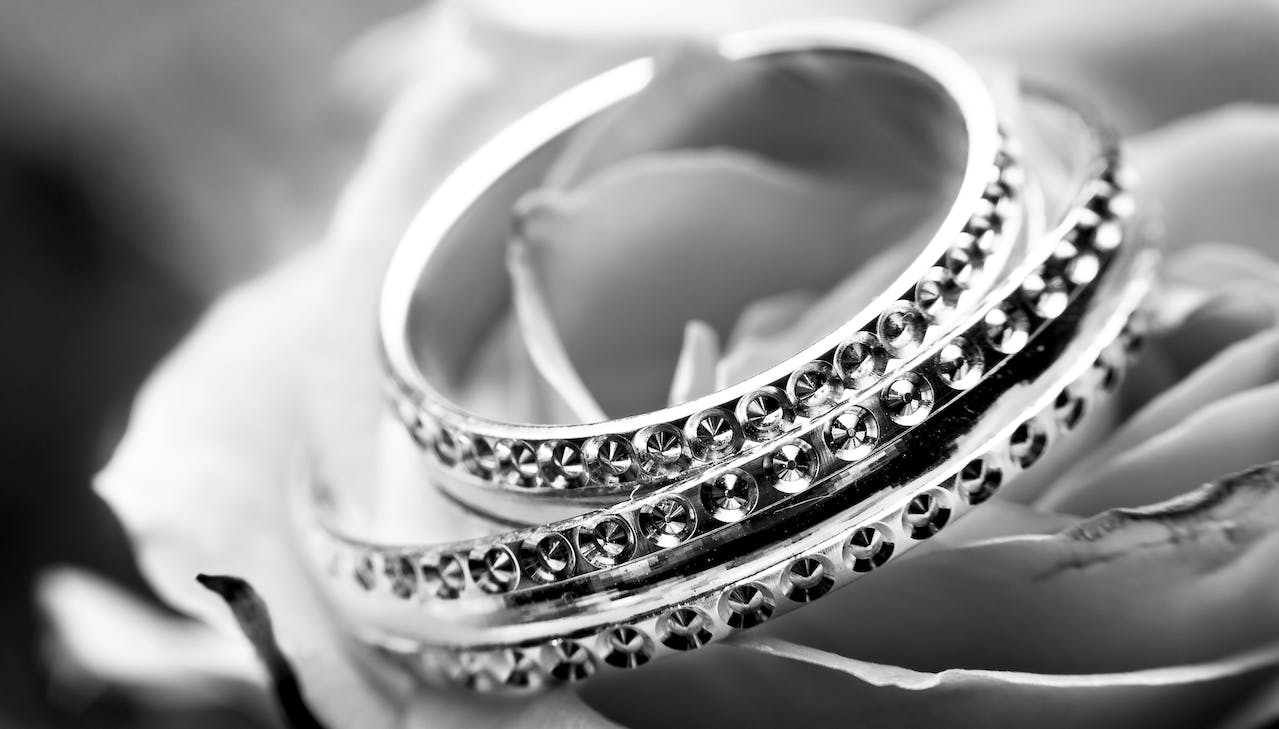Jeweler Loupe Explained
Jewel professionals use a magnifier, also called a loupe (pronounced loop), to inspect gemstones and other types of jewels. These magnifying loupes have special lenses that allow our eyes to focus on an object at a much closer distance than is normally possible, making the object appear to be larger and revealing tiny details we couldn’t see with our normal vision. You may not have a cool gem of a name like Crystal Gayle but you probably care about how well your jewelry is made!
There are many uses of Jeweler Loupes in a variety of fields from inspecting jewels, watchmaking, photography, printing, dentistry, geology, biology, meteoritic, electronics, sharpening, coin collection, stamp collection, and even tattooing. In fact, many jewel experts explore an array of the best jewelers loupe to use for different types of jewels and gems. They take into consideration the special features of each loupe and how these features would be used to examine the unique properties of jewels. Another point for consideration is the lenses of each loupe. It is therefore salient to understand the differences in loupe lenses and the uses of each one.
Magnifying Loupe Lenses have two (2) variations:
-
Loupes made with a single lens are generally of poor quality, distorting the object you’re magnifying and adding flashes of color that obscure the view.
-
A triplet loupe is a jewelry magnifier that contains three lenses placed together in a way that corrects distortion and color problems.
Loupe Jargon
You may hear new terms when you shop for a loupe. Three important terms are:
-
Focal Length: The distance that you hold the loupe from an object to get the best focus and magnification. As magnification powers increase, focal length decreases.
-
Field of View: This refers to the size of the area you can see through the lens. The diameter of the lens affects the field of view, but so does magnification power — the higher the power, the smaller the view.
-
Depth of Field: This characteristic tells you how far you can move the loupe towards or away from an item and still have the item in focus. The higher the power, the shorter the depth of field.
Best Jeweler Loupe
A 10X triplet magnifying loupe is a good choice for viewing jewels and is the type of loupe used by professionals to grade diamonds and other gemstones. Anything visible through a more powerful loupe, while interesting, isn’t included on a grading report.
Look for a magnifying loupe with black framing around the lens, because black eliminates reflections that can alter the color of the object you are viewing.
How to Use a Loupe:
-
First, unfold the loupe and slip your index finger—either one will do—into the opposite opening from the glass.
-
Second, hold the loupe up to your face so the first knuckle on your thumb is firmly pressed against your cheek and the glass is positioned directly over your eye.
-
Third, with your other hand, move the ring or gemstone to within 1 to ½ inches of the lens. Keep the hand holding the loupe steady and do not move it.
Move the ring or gemstone in or out until it comes into focus, again, usually within 1 to ½ inch of the lens. Move the piece of jewels around. Look at it from different angles and take your time. Pay special attention to all the metal settings holding in the gemstones. Look for cracks, wear, and imperfections in the prongs. Ask yourself these questions: Are the metal elements substantial? Does the diamond look secure? After you are done with a loupe, poke the gemstone gently with a pin and see if the gem moves. Examine all gemstones with a loupe, too.
In summary, there are many wonderful uses of the loupe. While being in the jewel industry as a beginner can be overwhelming, in time, you will be able to expertly distinguish the quality of one jewel from the other. If you have any questions about the loupe and how to use it, do not hesitate to ask your jeweler about it.

